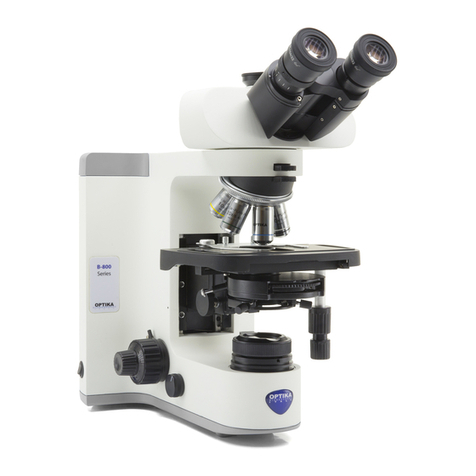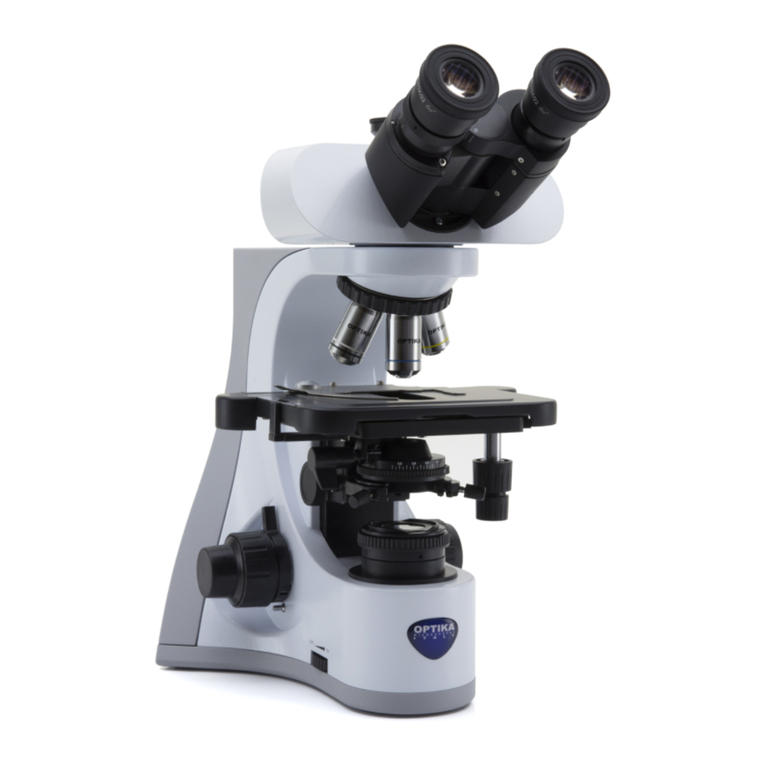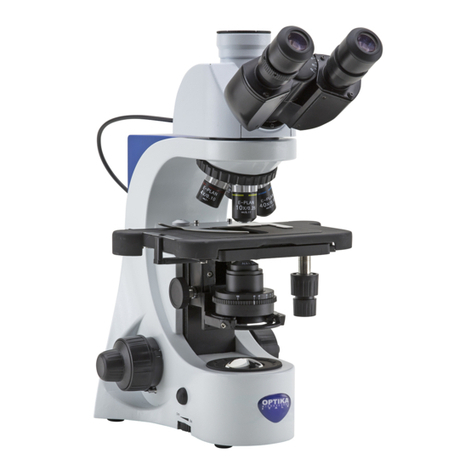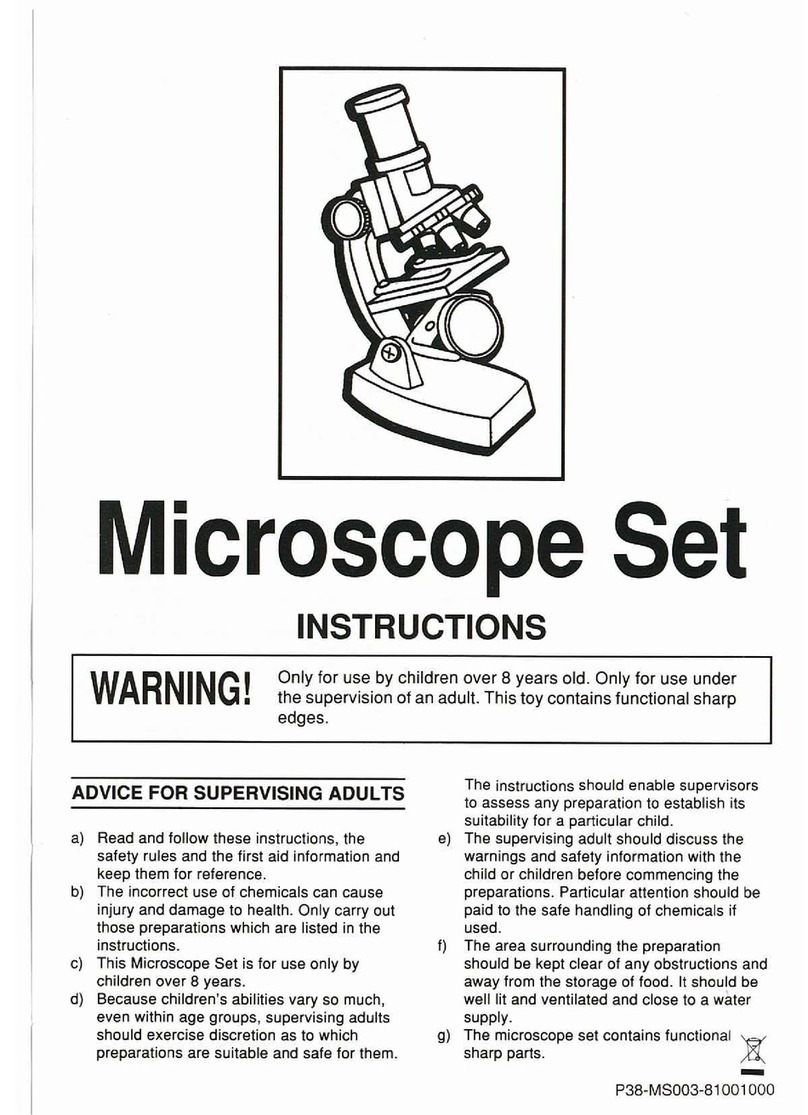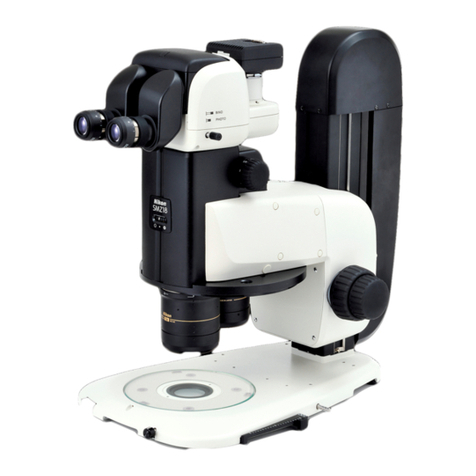Optika B-150 ALC Series User manual
Other Optika Microscope manuals
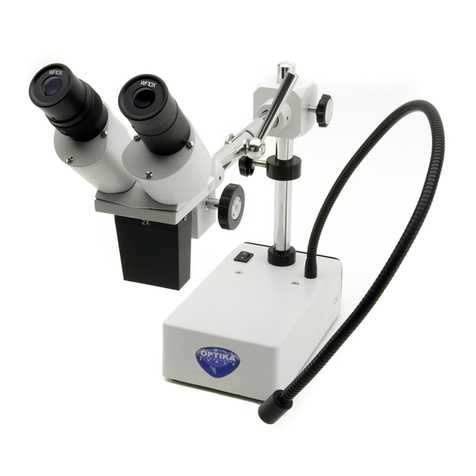
Optika
Optika ST-50Led User manual
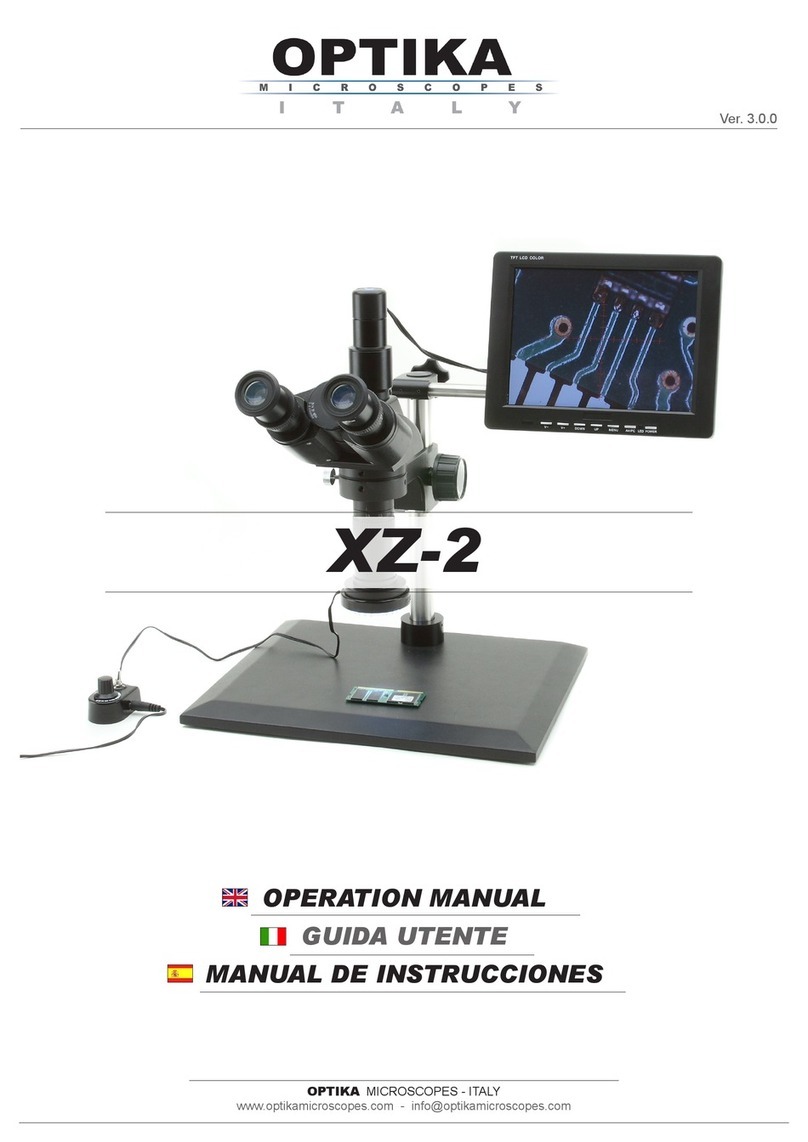
Optika
Optika XZ-2 User manual
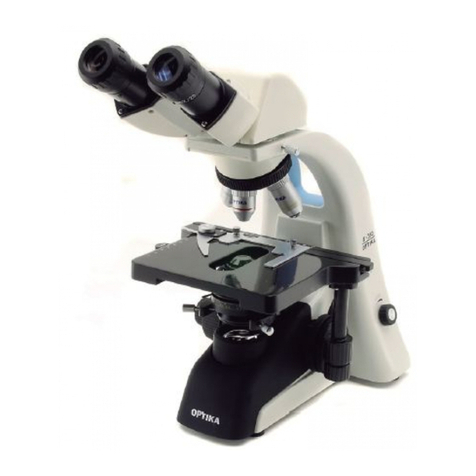
Optika
Optika B-350 User manual
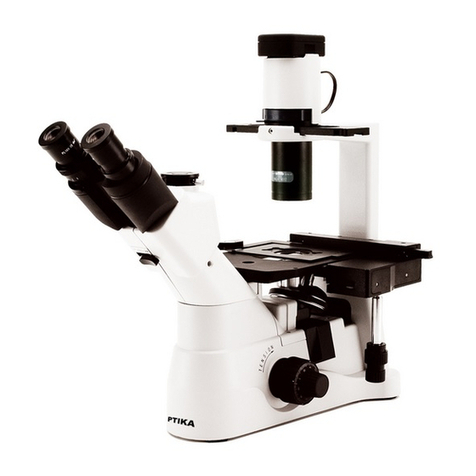
Optika
Optika XDS-3 User manual
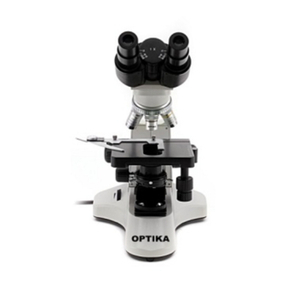
Optika
Optika B-180 User manual

Optika
Optika B-500POL User manual
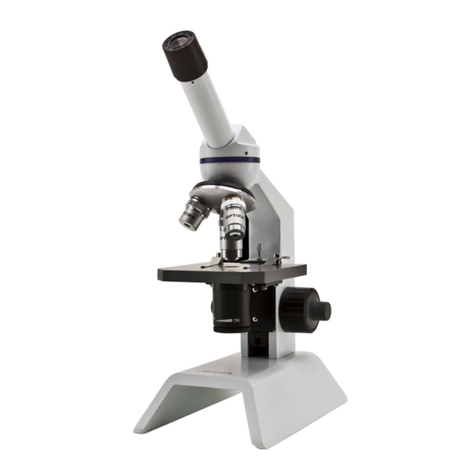
Optika
Optika B-50 User manual
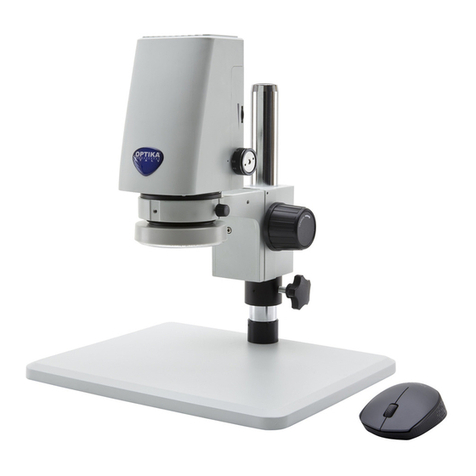
Optika
Optika INSPECTION SYSTEMS Series User manual
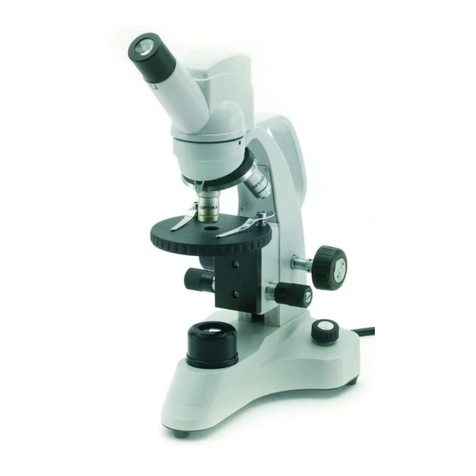
Optika
Optika DM-5UP User manual
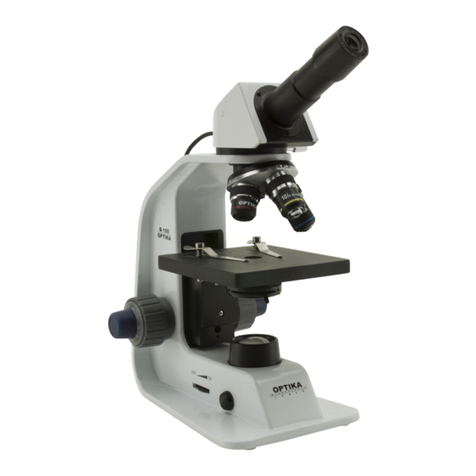
Optika
Optika B-150 Series User manual
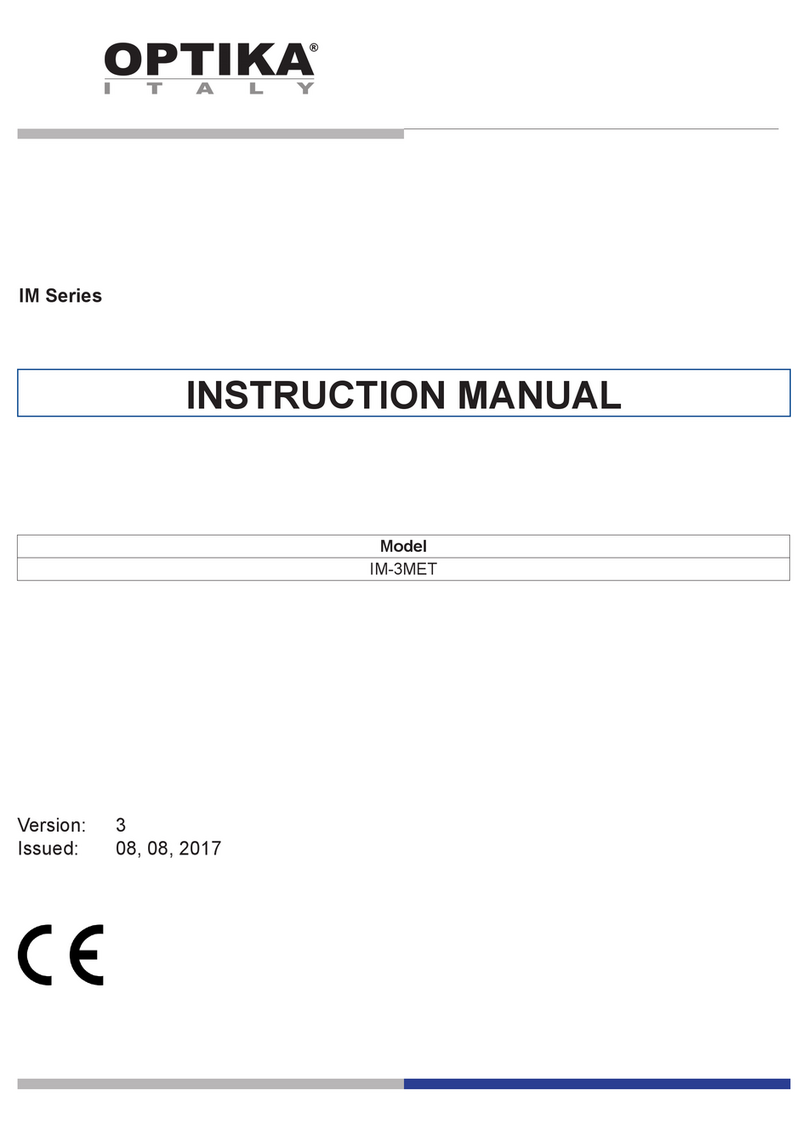
Optika
Optika IM-3MET User manual
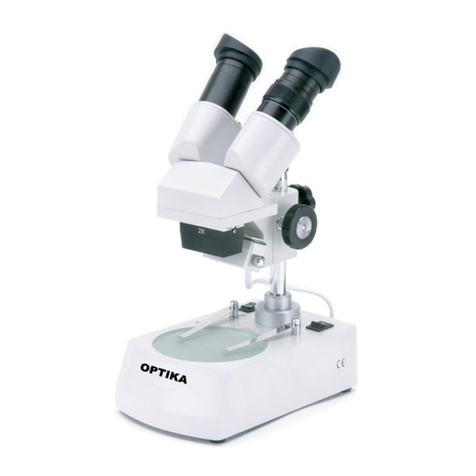
Optika
Optika STEREO Instruction Manual
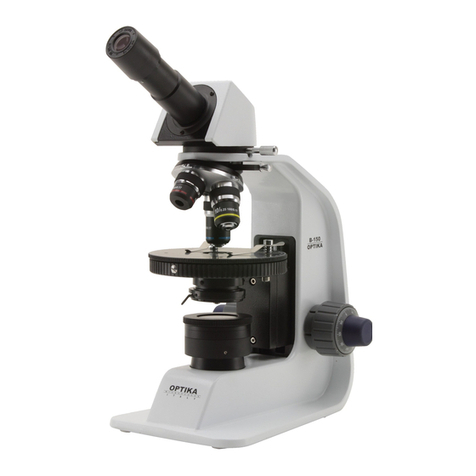
Optika
Optika B-150POL-M User manual
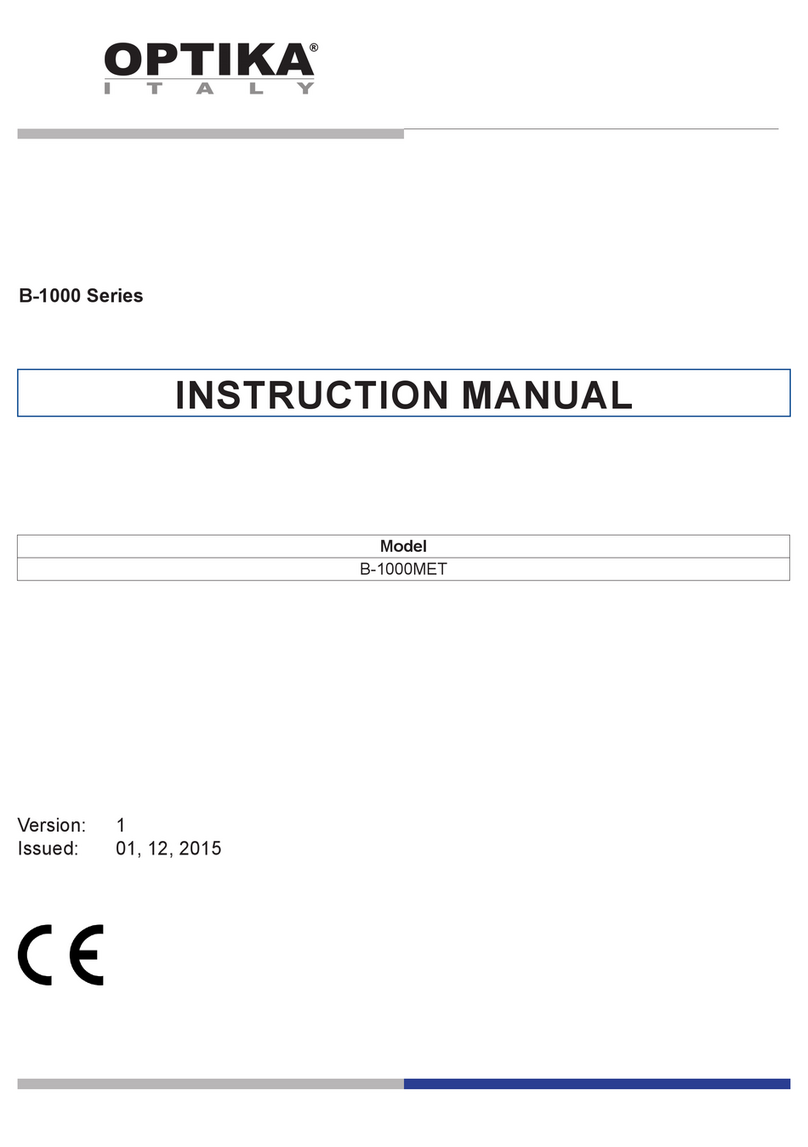
Optika
Optika B-1000 POL User manual
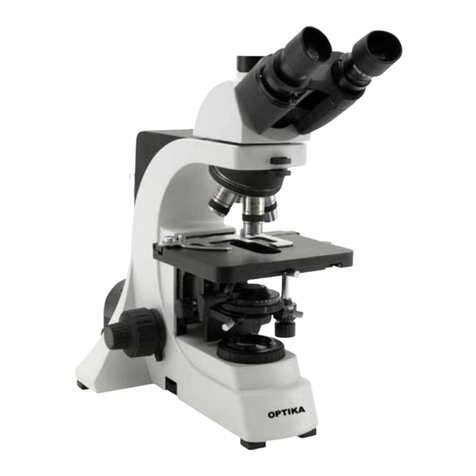
Optika
Optika B-600 Installation manual

Optika
Optika B-1000FL HBO User manual
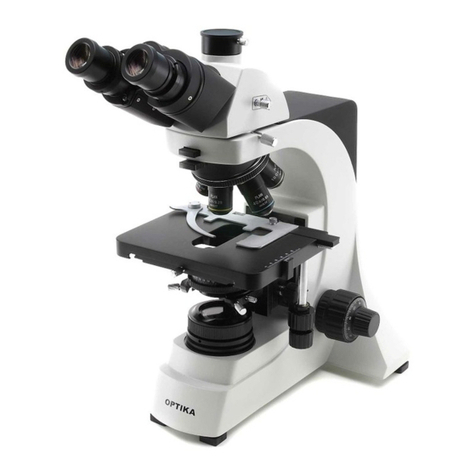
Optika
Optika B-500DK User manual
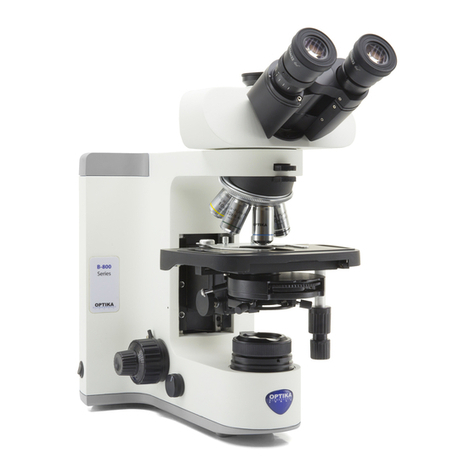
Optika
Optika B-810 Series User manual

Optika
Optika B-190 User manual

Optika
Optika OPTIStar OS-SZ1 User manual
